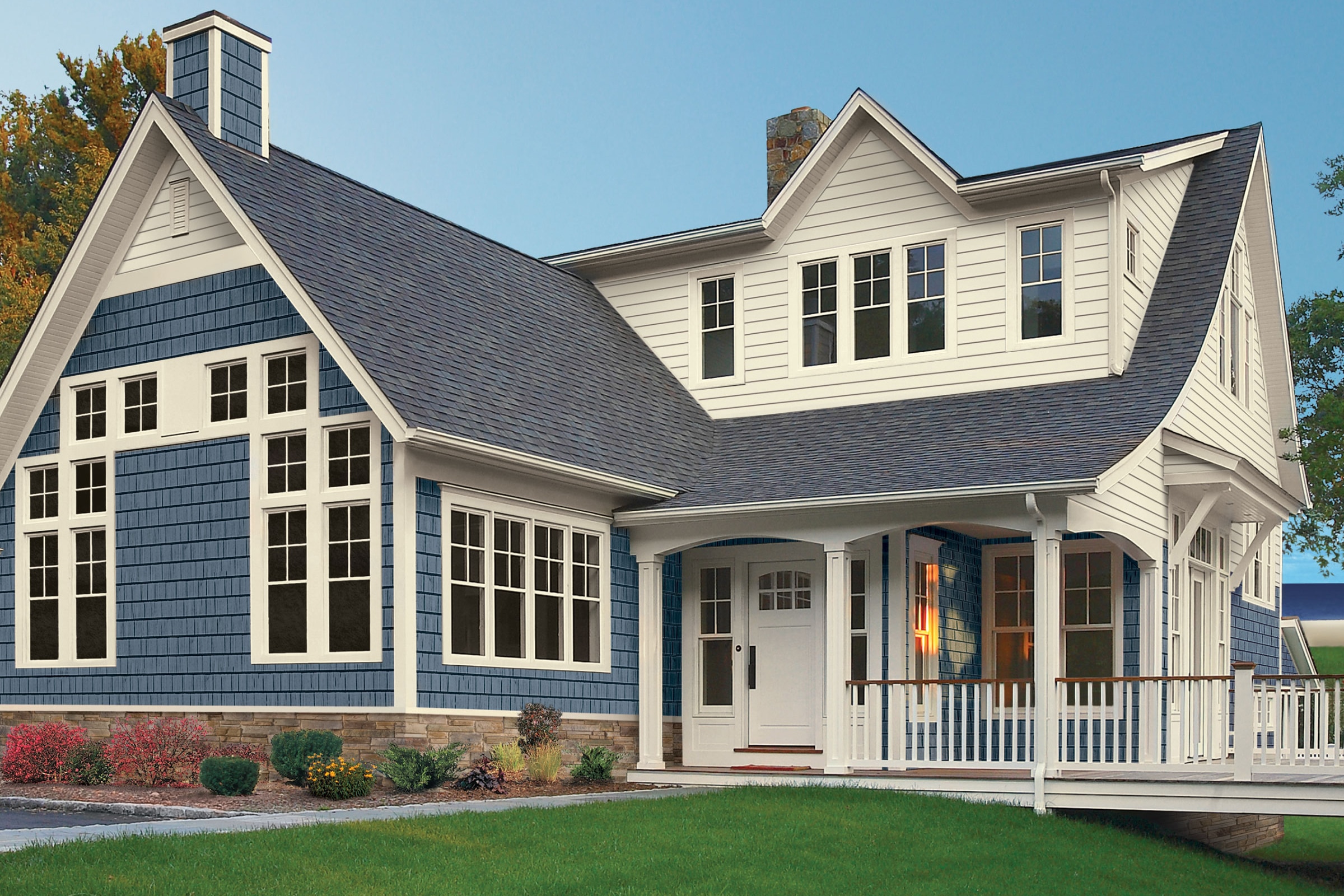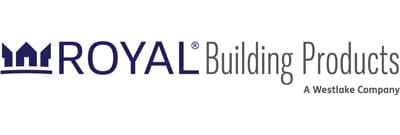Royal Building Products Vice President of Marketing Steve Booz shares how a building products manufacturer is able to deliver vinyl siding and other PVC products that both drive curb appeal and are sustainable by design.
You might be thinking, “Why is an executive from a PVC company writing an expert column in a green design publication?” I am here to challenge the misconception that plastic products cannot be sustainable in design, production, and operations.

Celect Cellular Composite Siding is made from recyclable, state-of-the-art cellular materials, which means it won’t rot, split, crack, warp, twist, blister, flake, peel, delaminate, or suffer loss of structural properties due to termites, microbiological growth, or other decay. Photo courtesy of Royal Building Products
Better Than Wood
Although the look of real wood will never go out of style, we have entered an era where construction using real wood products is cost prohibitive. Using real wood can be expensive and requires time and labor to maintain. We are also facing an unprecedented shortage of skilled labor for carpentry and installation, making wood an even more costly endeavor. No homeowner wants to spend their valuable free time consistently re-sanding and staining their decks, restoring weathered cedar siding, or repainting their wood trim and shutters.
We are now living in the age of photo-realistic printing technology, which has allowed us to create sustainable, durable, and low-maintenance building products that mimic both the look and feel of real wood, down to the actual grain. With these technological advancements and a wide variety of style and color options in the market today, there is no need to use real wood products for interior and exterior home building products.
Composite products, such as Zuri Premium Decking, can help reduce deforestation, provide a longer-lasting wood alternative, and eliminate the need for harsh cleaners and chemicals when cleaning a deck. From a homeowner perspective, these products are built to last a lifetime, and never have to be stained or painted to retain their beauty, unlike wood, which typically needs chemical additives every couple of years to preserve its look.
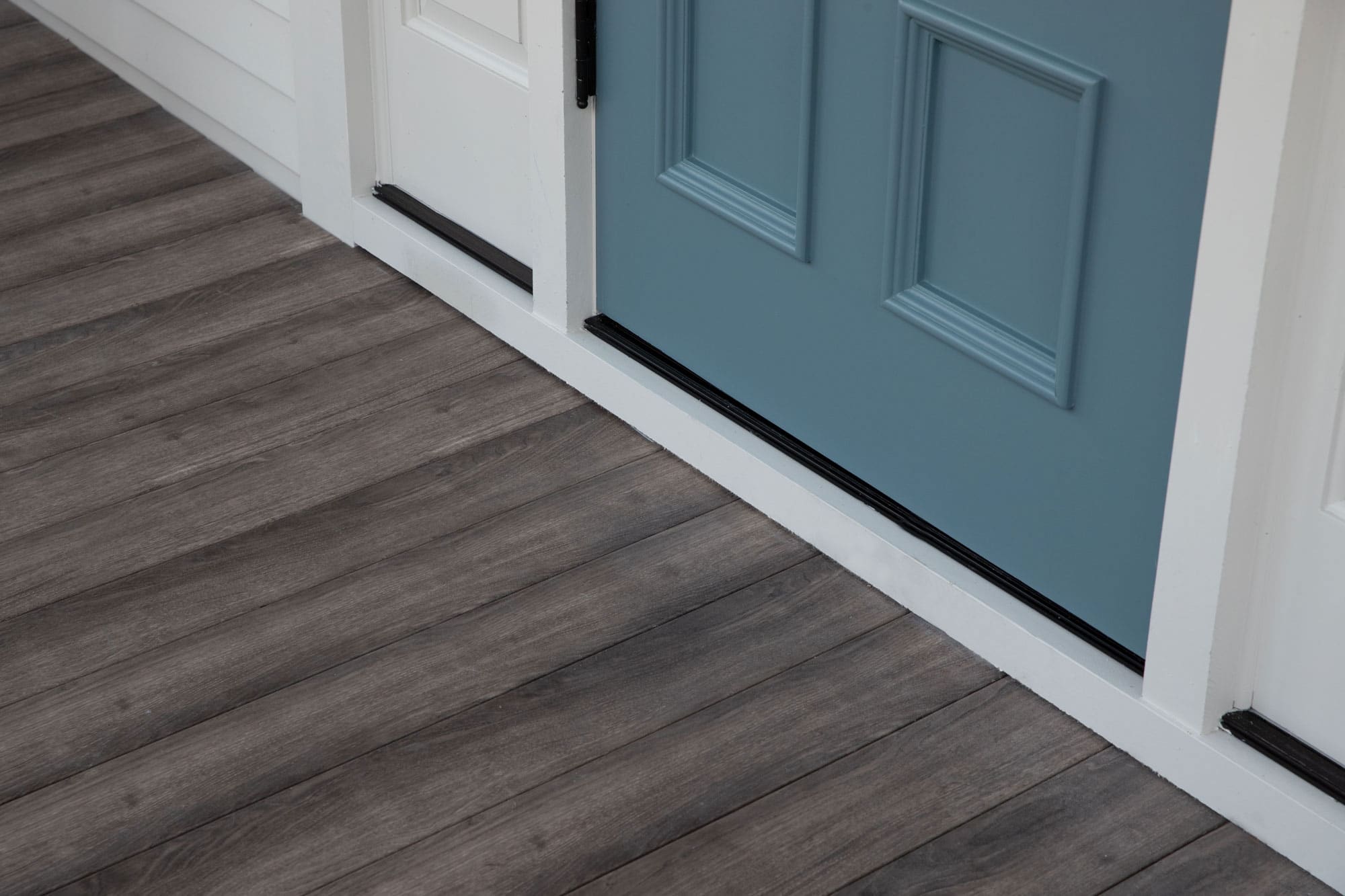
Zuri Premium Decking mimics the look of real wood without the need to restain it every couple of years. Photo courtesy of Royal Building Products
Vinyl Siding: Surprisingly Sustainable
We are a leader in vinyl siding, which is a building product that gets a bad rap by some in the environmental community. But when you look at the data, it just might surprise you how sustainable it is. In terms of total environmental impact, vinyl outperforms almost all other common cladding materials, including fiber cement and brick.
Polyvinyl chloride (PVC) owes its environmental performance to the fact that it is weatherable, chemically stable, and lightweight. It can also be easily recycled. The Royal manufacturing process efficiently uses these properties to create durable siding with relatively low waste: Virtually all of the waste generated during manufacturing start-up and product changeovers is recycled back into the product stream.
Comparing the Life Cycle of Building Products
One of the ways to compare the life cycle of building products is via the BEES system, which we use at Royal. Building for Environmental and Economic Sustainability (BEES) software was developed by the National Institute of Standards and Technology (NIST) to analyze the environmental life cycle of a product. It begins with the raw materials, follows the product through its manufacturing processes, into the service life and, ultimately, the waste management policies. The life cycle analysis can also be broken down into specific environmental concerns like air pollution, acidification, and global warming potential.
Compared to vinyl siding, fiber cement contributes almost four times the global warming potential; more than two times the acidification; and more than three-and-a-half times the air pollution.
And there’s more to sustainability than the environmental life cycle. Because vinyl siding is the most economic cladding on the market, it helps keep homes affordable. With the advent of Vinyl Siding Institute (VSI)-certified installers, the waste associated with installation is very low.
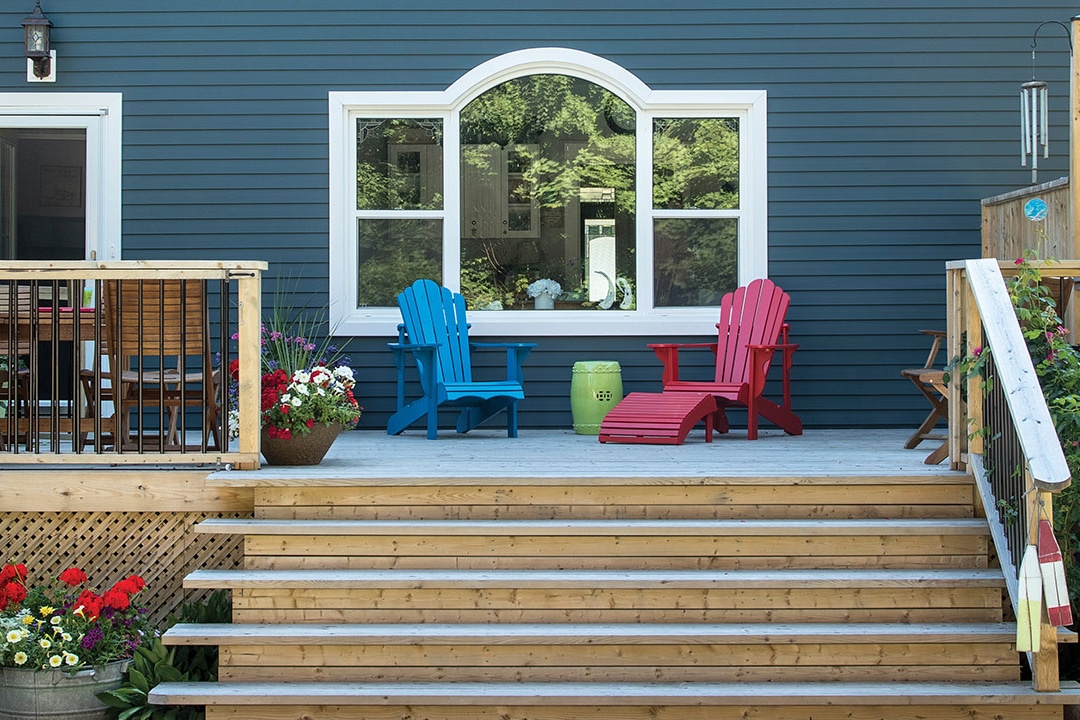
Celect Cellular Composite Siding comes in a variety of colors, each with a fade-resistant coating to ensure that the color will truly last. Photo courtesy of Royal Building Products
The Natural Origins of PVC
PVC resin is the backbone of vinyl siding, and it begins with two abundant building blocks: chlorine from common salt and ethylene from natural gas. PVC resin is optimized with a range of other proprietary ingredients to provide a reliable exterior product that can be formed into a range of shapes and last a lifetime.
Vinyl siding does not use any materials that can cause adverse health effects to installers. For example, it does not contain silica dust, which is a material found in many fiber cement products that may potentially cause silicosis and other negative health effects.
Making Your Home Energy-Efficient
We are all conscious of our carbon footprint, especially in our own homes. The average home uses a significant amount of energy over its lifespan, and in order to be considered sustainable, a home needs to be durable and energy efficient.
Insulated vinyl siding, such as Royal’s CraneBoard Solid Core Insulated Siding, helps increase the exterior wall’s R-value and contributes to a home’s energy efficiency in colder climates. The added insulation reduces energy consumption over the lifetime of a home and reduces its overall carbon footprint.
Royal’s siding products do not require painting, staining, or caulking and need only occasional cleaning with soap and water—unlike other high-maintenance exterior products like brick and fiber cement. Vinyl products do not require the use of finishes or cleaners that could release harmful chemicals into the environment.
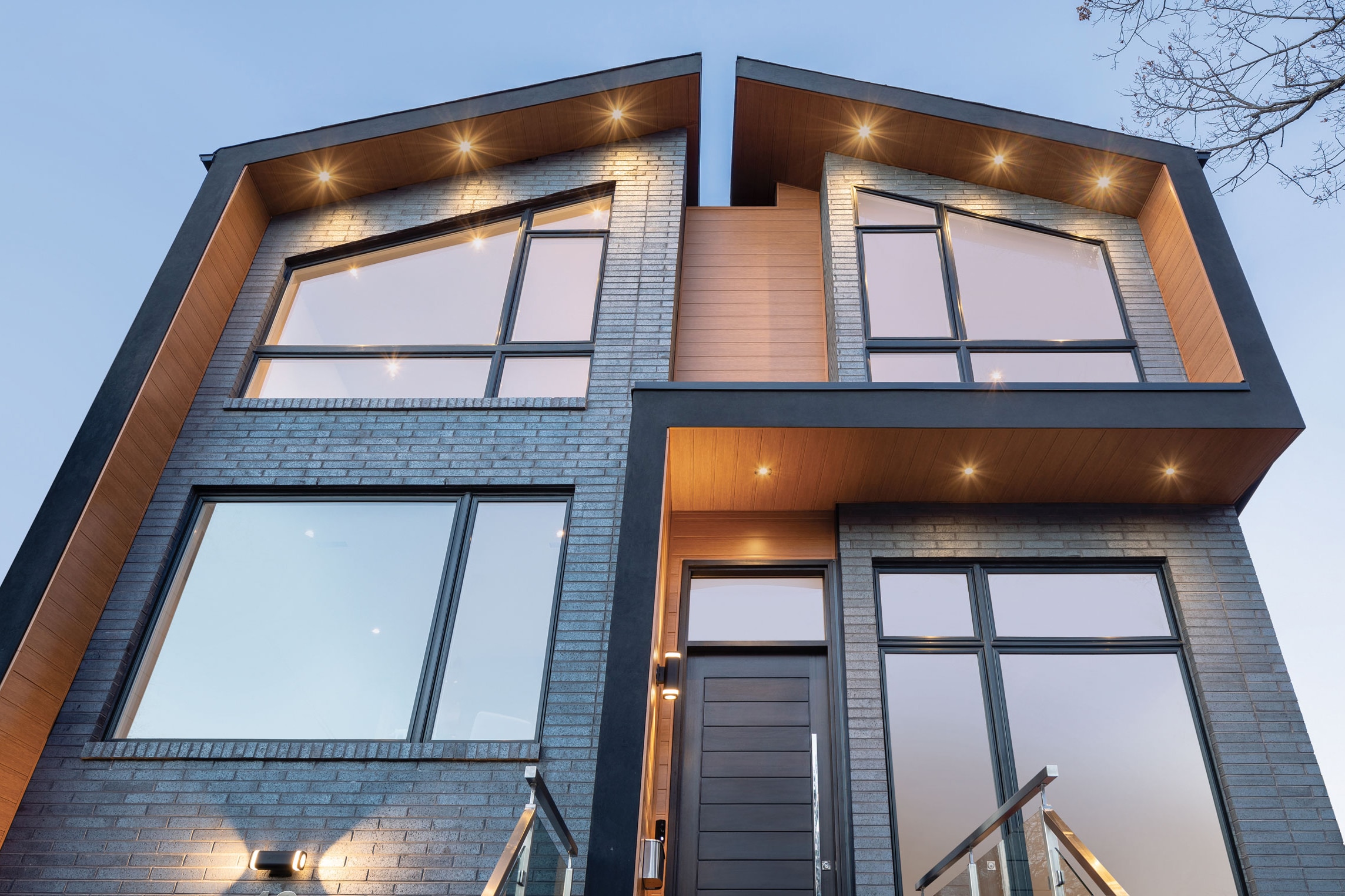
Royal Building Products’ Cedar Renditions Siding is made of aluminum. Photo courtesy of Royal Building Products
Royal’s Commitment to Sustainability
Royal manufactures with nearly zero waste. We reuse all scrap internally and are a consumer of other pre-consumer waste, as well as products that are 100% recyclable. We are also leading the charge, along with VSI, to investigate methods of post-consumer recycling of PVC.
Royal’s siding, decking, and trim and moulding products are designed to be durable, high-performing and low-maintenance, but we also take pride in offering our customers a breadth of stylish options to bring a vision for curb appeal to life. We have the largest selection of siding color choices on the market, including our vinyl, insulated, premium Celect Cellular PVC siding, as well as our Cedar Renditions line of aluminum siding. We also offer a multitude of styles and colors in our trim and moulding lines. Our products give builders the opportunity to use a classic style that will last, rather than a fad style that will look outdated in a few years.
Thanks to incorporating innovative technology and sustainable corporate practices, we are dedicated to giving homeowners the peace of mind that Royal’s products will not only deliver on their performance and looks but also were purpose-built to be a sustainable alternative.

